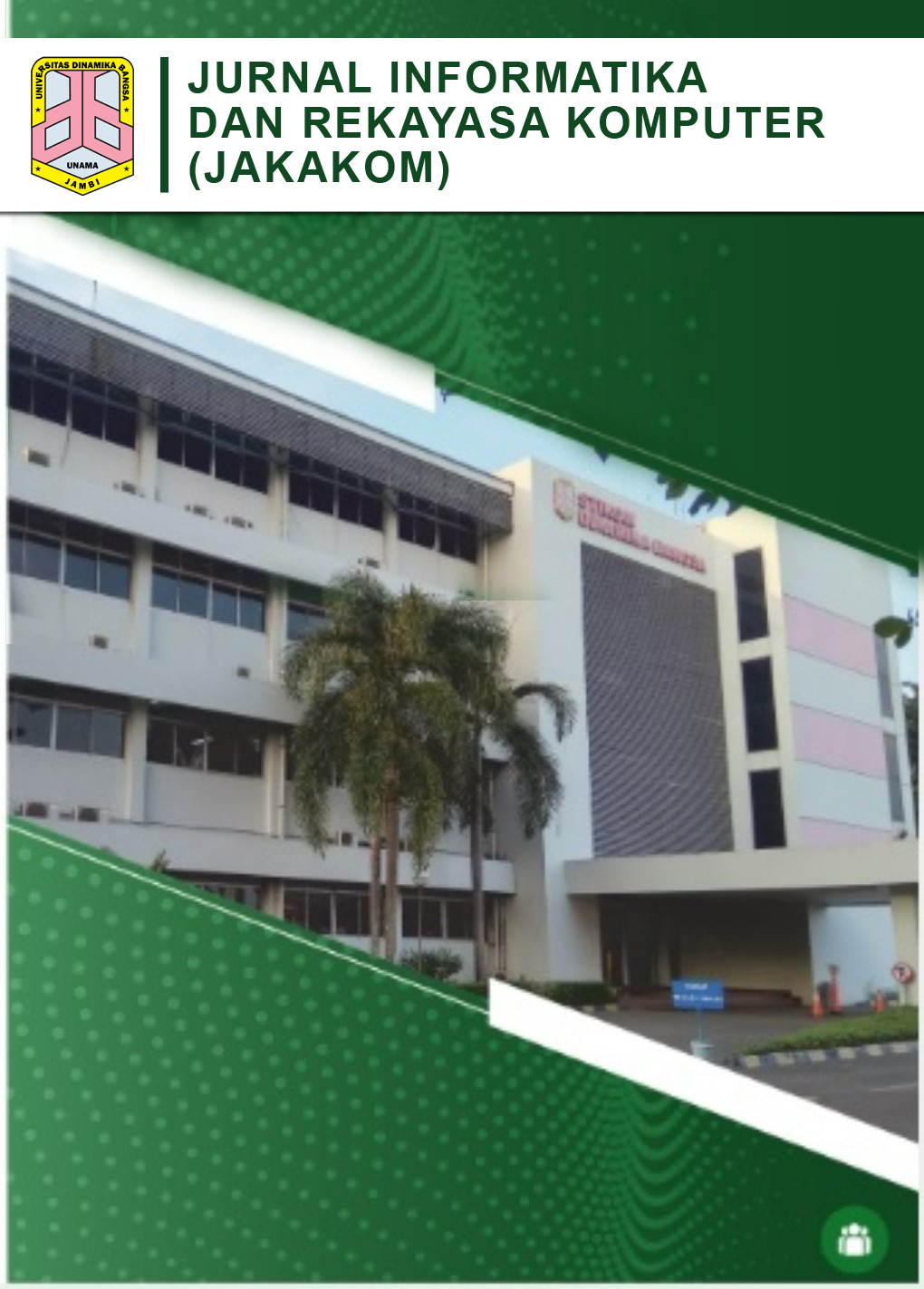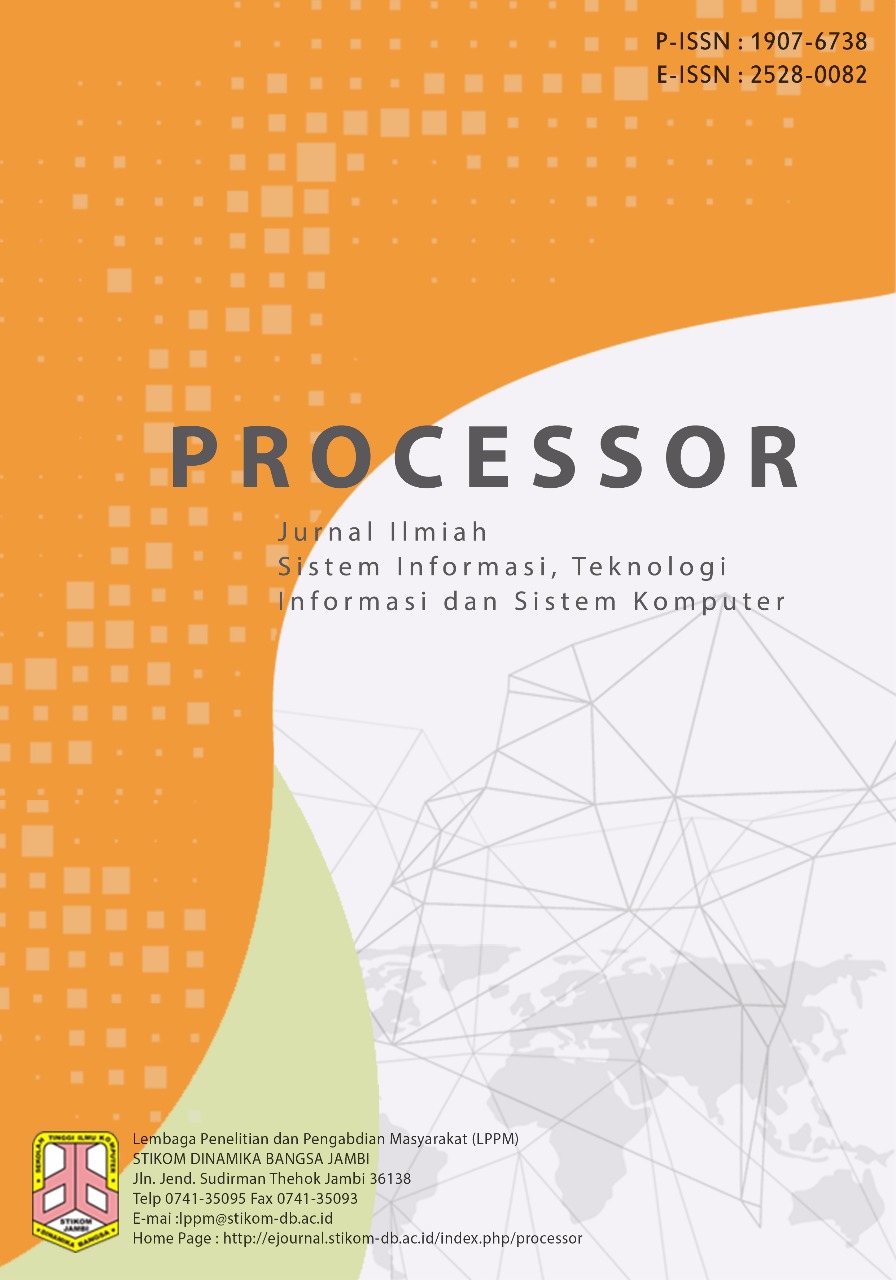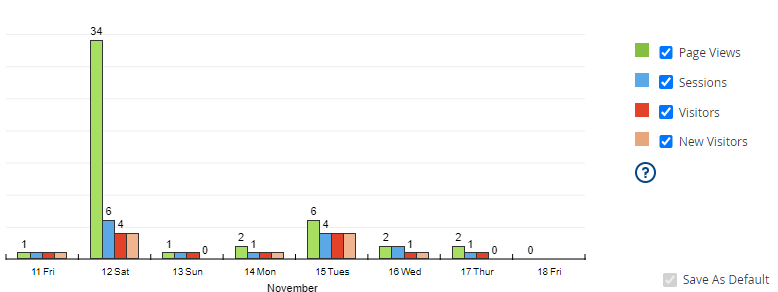Klasifikasi Akreditasi Sekolah Di Kota Jambi Menggunakan Metode Naïve Bayes Di Bpmp Jambi
DOI:
https://doi.org/10.33998/jakakom.2024.4.1.1655Keywords:
Data Mining, Klasifikasi, Akreditasi, , Algoritma Naïve Bayes, WEKAAbstract
Accreditation is the awarding of a predicate to a school with the aim of improving and also obtaining an overview of development, quality improvement and determining a school as an education provider. School accreditation is an important factor in improving the quality of education. Assessments are also carried out systematically and comprehensively by passing evaluations by authorized institutions. Schools will get an accreditation title if they meet predetermined standards. Classification is one of the data mining techniques that can be used in the process of classifying school accreditation. The test was carried out by using 2 options tests, namely the Use Training Set and 10 Fold Validation. Data testing with the best percentage is 99% using the Use Training Set. Therefore the Naïve Bayes algorithm is an algorithm that is quite effective and good in calculations and final results.
Downloads
References
M. S. Mustafa, M. R. Ramadhan, and A. P. Thenata, “Implementasi Data Mining untuk Evaluasi Kinerja Akademik Mahasiswa Menggunakan Algoritma Naive Bayes Classifier,” Creat. Inf. Technol. J., vol. 4, no. 2, p. 151, 2018, doi: 10.24076/citec.2017v4i2.106.
P. N. Indriyawati, “Pengaruh Akreditas Sekolah Terhadap Kualitas Lulusan Sma Se Kota Jambi Tahun 2017,” … Akreditas Sekol. Terhadap Kualitas …, pp. 1–9, 2017, [Online]. Available: https://repository.unja.ac.id/5217/%0Ahttps://repository.unja.ac.id/5217/1/ARTIKEL.pdf
H. F. Putro, R. T. Vulandari, and W. L. Y. Saptomo, “Penerapan Metode Naive Bayes Untuk Klasifikasi Pelanggan,” J. Teknol. Inf. dan Komun., vol. 8, no. 2, 2020, doi: 10.30646/tikomsin.v8i2.500.
A. A. R. Awaludin, “Akreditasi Sekolah sebagai Suatu Upaya Penjaminan Mutu Pendidikan di Indonesia,” SAP (Susunan Artik. Pendidikan), vol. 2, no. 1, pp. 12–21, 2017, doi: 10.30998/sap.v2i1.1156.
A. Ridwan, “Penerapan Algoritma Naïve Bayes Untuk Klasifikasi Penyakit Diabetes Mellitus,” J. SISKOM-KB (Sistem Komput. dan Kecerdasan Buatan), vol. 4, no. 1, pp. 15–21, 2020, doi: 10.47970/siskom-kb.v4i1.169.
Darma Juang, “Analisis Spam Dengan Menggunakan Naïve Bayes,” J. Teknovasi, vol. 03, no. 1998, pp. 51–57, 2016, [Online]. Available: http://www.ejurnal.plm.ac.id/index.php/Teknovasi/article/view/69%0Ahttps://www.ejurnal.plm.ac.id/index.php/Teknovasi/article/download/69/58
G. A. Rosso, “Milton,” William Blake Context, no. September, pp. 184–191, 2019, doi: 10.1017/9781316534946.021.
D. F. Tambunan, “Bayes Classification of High School Accreditation in Sumatera Island Using Naïve Bayes Method Faculty of Science and Technology,” p. 91, 2020.
P. A. Octaviani, Yuciana Wilandari, and D. Ispriyanti, “Penerapan Metode Klasifikasi Support Vector Machine (SVM) pada Data Akreditasi Sekolah Dasar (SD) di Kabupaten Magelang,” J. Gaussian, vol. 3, no. 8, pp. 811–820, 2014, [Online]. Available: http://download.portalgaruda.org/article.php?article=286497&val=4706&title=PENERAPAN METODE KLASIFIKASI SUPPORT VECTOR MACHINE (SVM) PADA DATA AKREDITASI SEKOLAH DASAR (SD) DI KABUPATEN MAGELANG
A. Kadham, “Sistem Pendukung Keputusan Penetapan Peserta Sertifikasi Guru Menggunakan Naive Bayes,” Tek. Inform., p. 95, 2013, [Online]. Available: file:///C:/Users/Icha_Tahir/Documents/SEMESTER 6/PROPOSAL/icha/07650074.pdf
N. Alfiah, “Klasifikasi Penerima Bantuan Sosial Program Keluarga Harapan Menggunakan Metode Naive Bayes,” Respati, vol. 16, no. 1, p. 32, 2021, doi: 10.35842/jtir.v16i1.386.
F. Septianingrum and A. S. Y. Irawan, “Metode Seleksi Fitur Untuk Klasifikasi Sentimen Menggunakan Algoritma Naive Bayes: Sebuah Literature Review,” J. Media Inform. Budidarma, vol. 5, no. 3, p. 799, 2021, doi: 10.30865/mib.v5i3.2983.
I. Budiman, Muliadi, and R. Ramadina, “Penerapan Fungsi Data Mining Klasifikasi untuk Prediksi Masa Studi Mahasiswa Tepat Waktu pada Sistem Informasi Akademik Perguruan Tinggi,” J. Jupiter, vol. 7, no. 1, pp. 39–50, 2015.
J. Eska, “Penerapan Data Mining Untuk Prekdiksi Penjualan Wallpaper Menggunakan Algoritma C4.5 STMIK Royal Ksiaran,” JURTEKSI (Jurnal Teknol. dan Sist. Informasi), vol. 2, pp. 9–13, 2016.
R. Retnosari, “Analisa Kelayakan Kredit Usaha Mikro Berjalan pada Perbankan dengan Metode Naive Bayes,” PROSISKO J. Pengemb. Ris. dan Obs. Sist. Komput., vol. 8, no. 1, pp. 53–59, 2021, [Online]. Available: https://e-jurnal.lppmunsera.org/index.php/PROSISKO/article/view/2848
D. P. Utomo and M. Mesran, “Analisis Komparasi Metode Klasifikasi Data Mining dan Reduksi Atribut Pada Data Set Penyakit Jantung,” J. Media Inform. Budidarma, vol. 4, no. 2, p. 437, 2020, doi: 10.30865/mib.v4i2.2080.
S. Adinugroho and Y. A. Sari, Implementasi Data Mining Menggunakan WEKA. 2018.

















